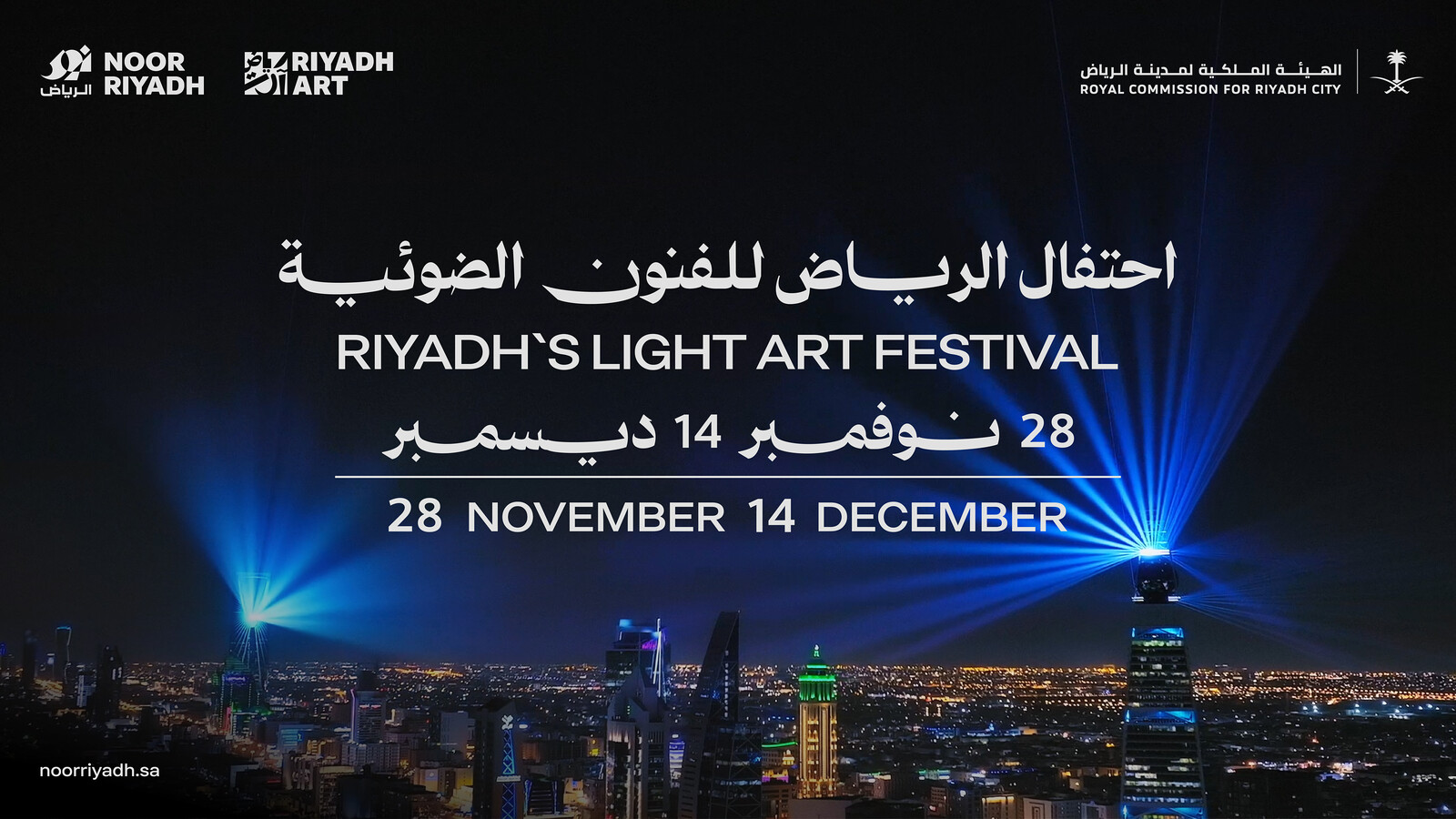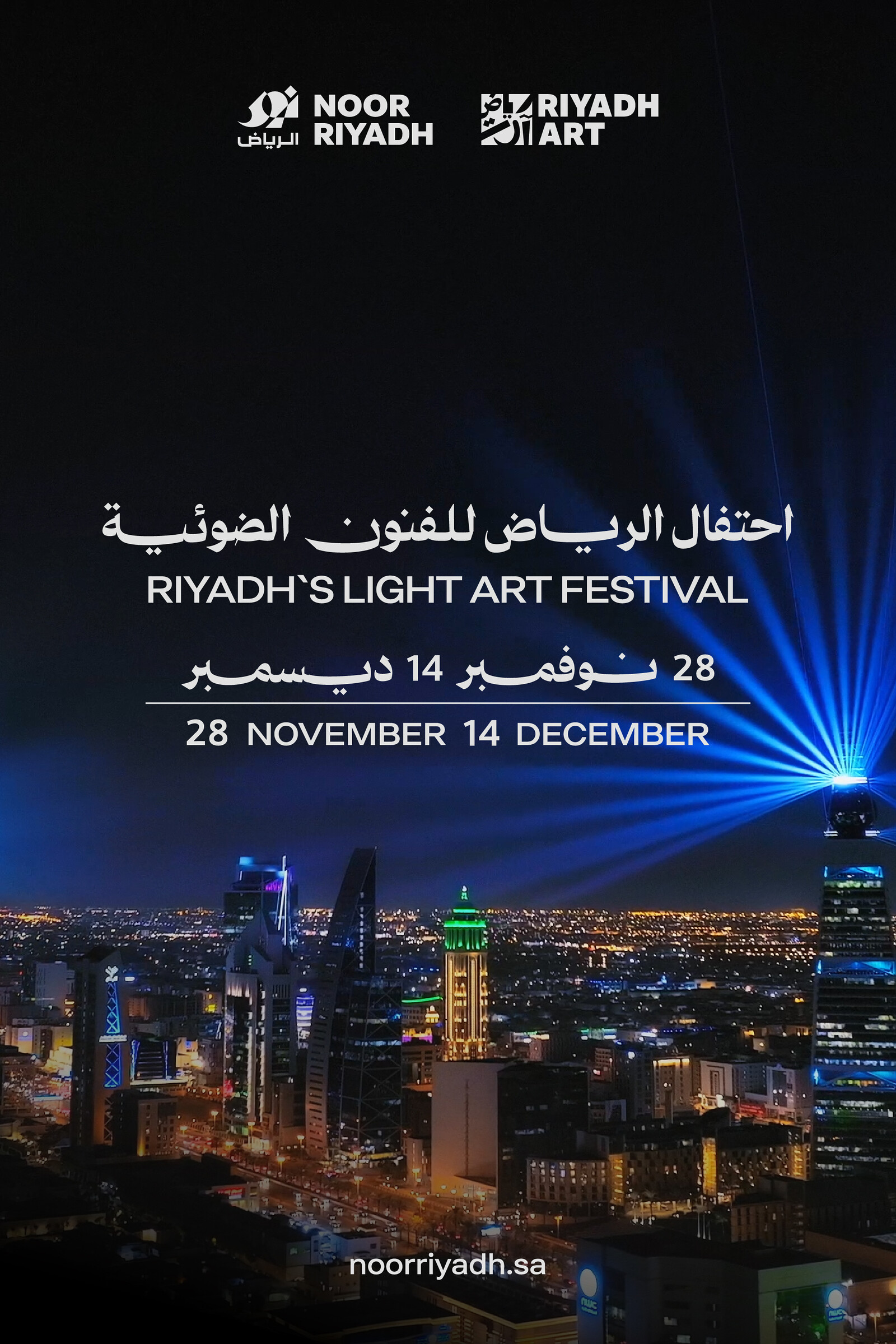THE GROUP 1965 – We are boys!
An exhibition organised in collaboration with the Japan Foundation / Japanisches Kulturinstitut
to mark “150 years of friendship between Germany and Japan”
21 May–3 July 2011
Of particular interest are the parallels between Japan and Germany that the artists pick up on in their works: the conflict between children of the 1960s and their parents’ generation; the roller-coaster years of punk music, the NATO Double-Track Decision, the nuclear arms race, Chernobyl, AIDS, the first Gulf War and the fall of the Iron Curtain; and the background to the beginnings of a “new” art and an extended concept of art in general.
THE GROUP 1965 artists cite Joseph Beuys as an important link to the city of Düsseldorf and a key figure in the development of their socio-political and artistic thinking. Beuys was already a living legend by the time they saw his work in the flesh at the Watari Gallery and the Seibu Museum in Tokyo in 1984, and he made quite a splash in Japan. Much as they had elsewhere, Beuys’s ideas, such as his concept of “Social Sculpture” and the Free International University, met with resistance in Japan and provided the young artists of THE GROUP 1965 with inspiration that led them to adopt a unique position within the Japanese art world.
The Kunsthalle show features works by THE GROUP 1965 members from the past 15 years, including numerous pieces from 2010 and 2011 as well as the installation Nagaya, which was produced especially for the exhibition.
AIDA Makoto displays his prodigious mural, Monument for Nothing III (2009), which extends over a surface of 750 x 1500 cm. AIDA uses sarcastic quotations to express his views on Japanese life and society and draws on motifs rooted in the manga aesthetic.
Sound artist ARIMA Sumihisa, who joined the collective in the late 1990s, primarily exploits the potential of computers and other electronic devices in his work. In the sound installation he created in a room for the Kunsthalle exhibition, a computer serves as an interactive system that uses musical programming languages to produce sounds and music.
KINOSHITA Parco draws on aspects of karaoke for his performances and pictures. In a workshop held prior to the exhibition, he stages a performance to produce a picture with a group of children, and the result of their joint effort will then be displayed in the exhibition.
MATSUKAGE Hiroyuki is a photographer, graphic designer and musician. His series of photographs, reminiscent of extravagant fashion shots, are inspired by traditional Japanese painting and its idealisation of female beauty. In 2009/10, MATSUKAGE designed the catalogue that accompanied the exhibition “8 Days – Beuys in Japan”, which was held at the famous Art Tower Mito in Tokyo.
The impressive canvasses of OIWA Oscar shed light on today’s industrialised world and deal with contemporary social issues in poetic, apocalyptic scenes.
OZAWA Tsuyoshi uses a variety of everyday materials to create installations like his Museum of Soy Sauce Art (1999). In his works he criticises what he sees as the overly intellectual, conceptual nature of much contemporary art and denounces the Westernisation of Japan’s art world.
THE GROUP 1965 also presents a collaborative project entitled Nagaya, which was developed especially for the exhibition. A nagaya is a traditional, simple urban dwelling of the kind that lines the narrow streets in crowded Japanese cities like Tokyo and Osaka. These were often the first places people of the generation of THE GROUP 1965 called home after flying the nest in the early 1980s. Each of the six artists will furnish and “live” in a nagaya set up on site for the exhibition. Given recent events in Japan, they have decided to create a kind of refugee camp—as their personal, artistic response to and statement on the situation in their native country.
During the exhibition, the Milan-based publishing house Silvana Editoriale S.p.A. will bring out a lavishly illustrated 160-page catalogue featuring texts by HASEGAWA Hitomi, KATAOKA Mami and Gregor Jansen. Publication date: mid-June 2011.
In November 2011 the exhibition will move on to Art Arsenal, the Museum Complex of Culture and Art in Kiev, Ukraine.
Co-organizer



